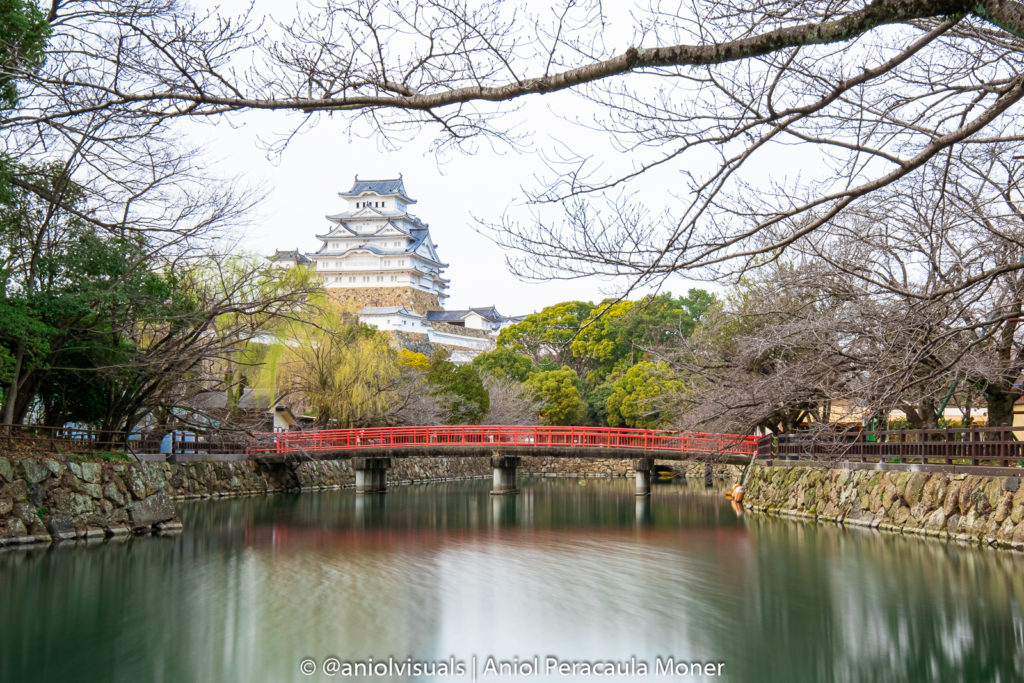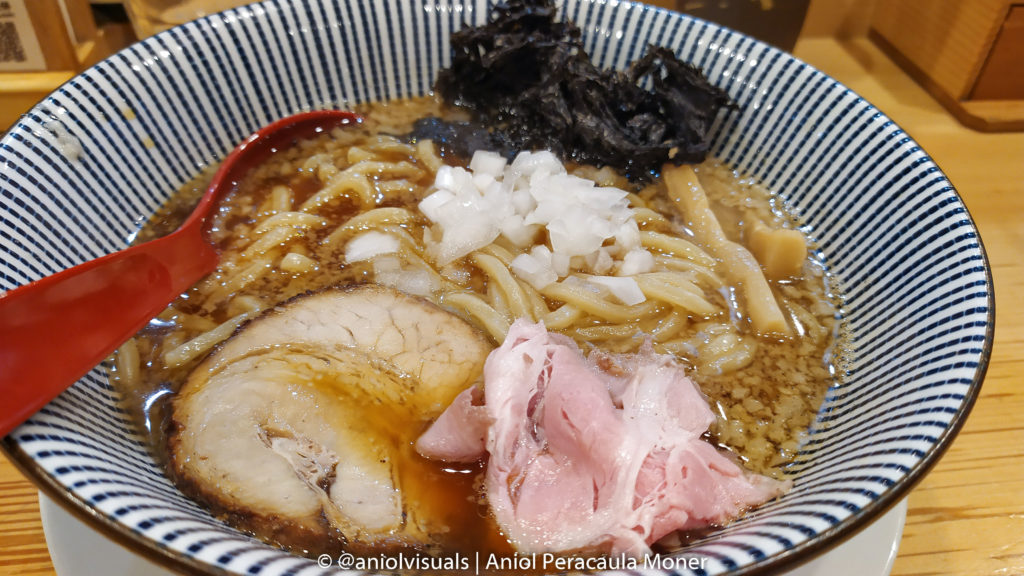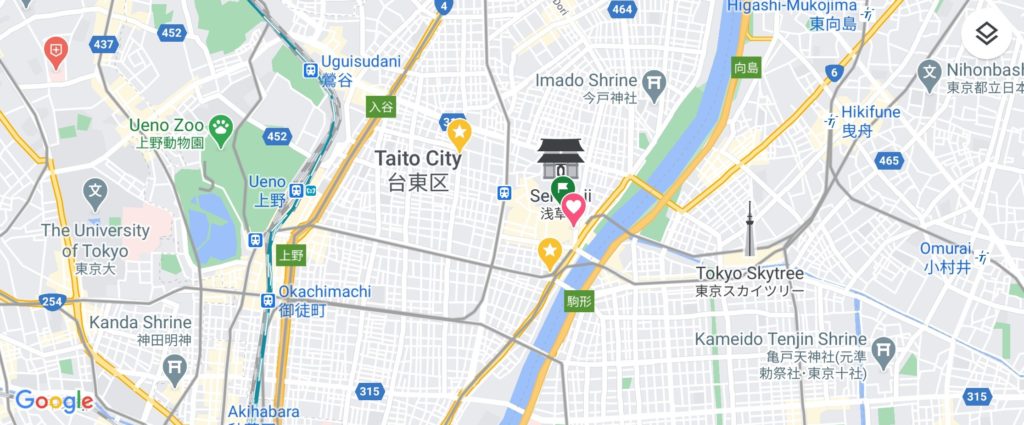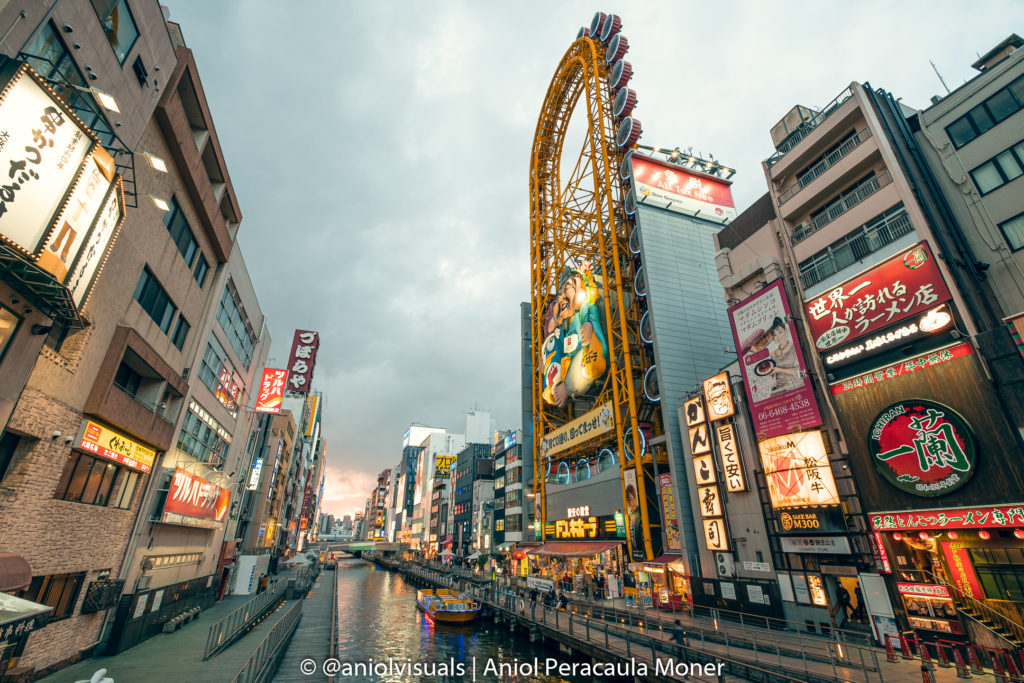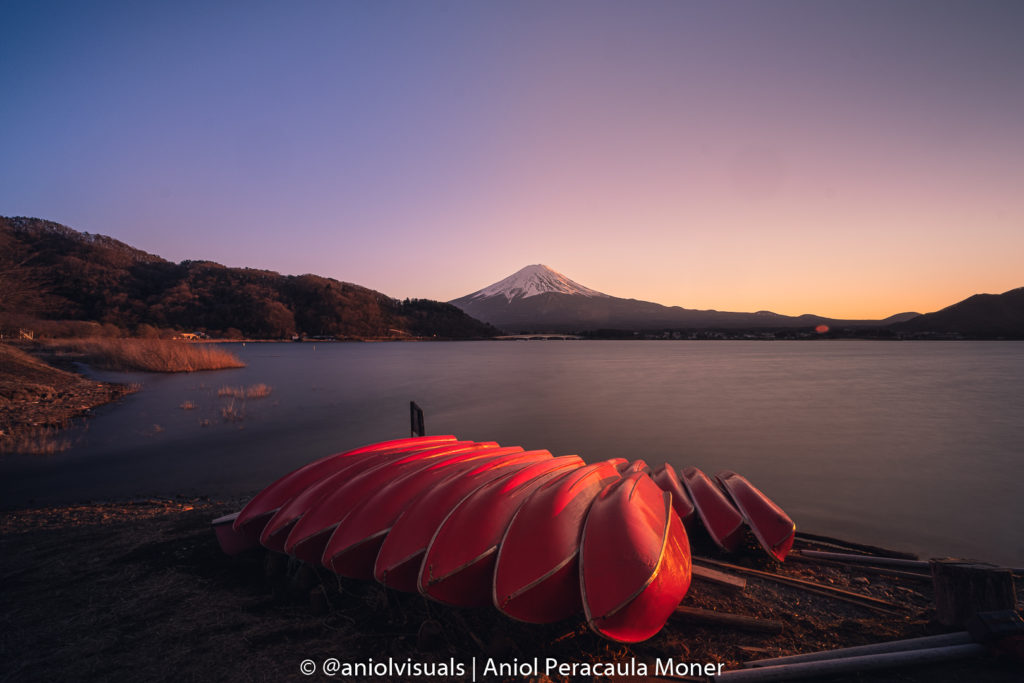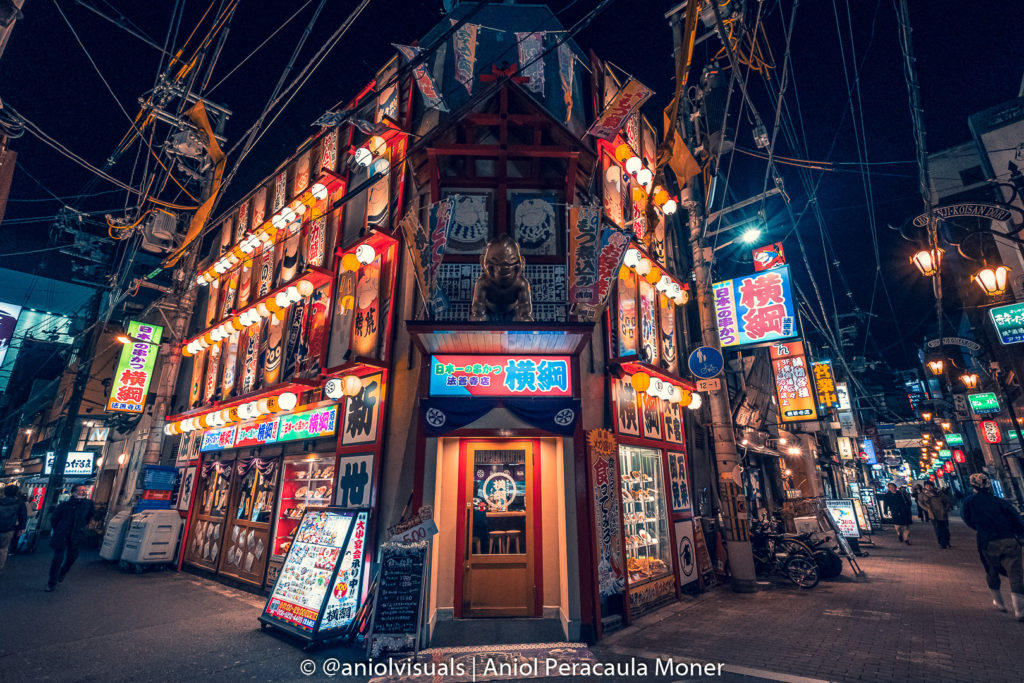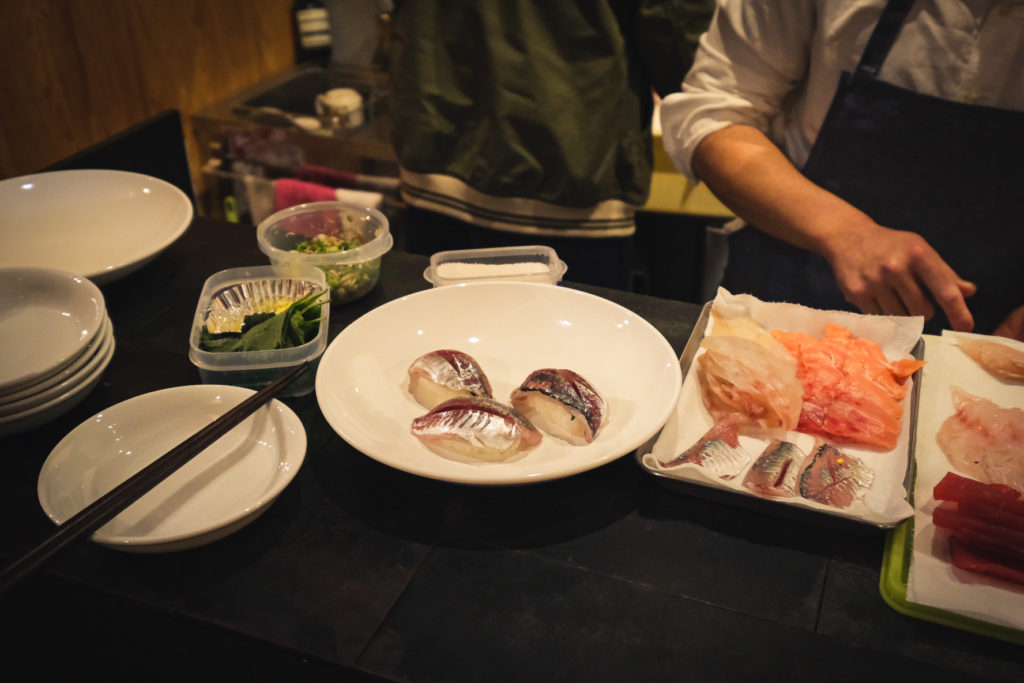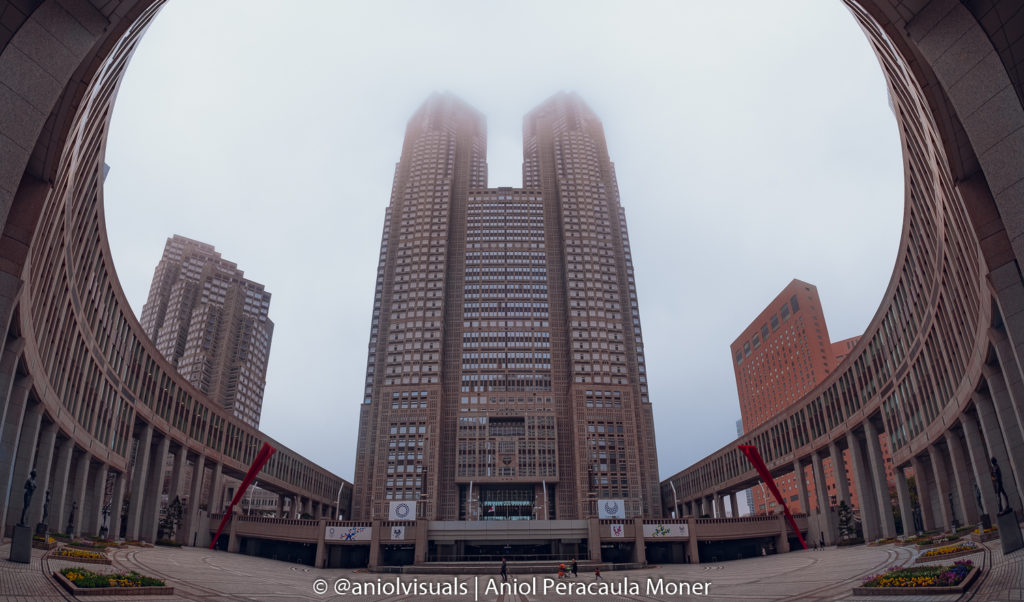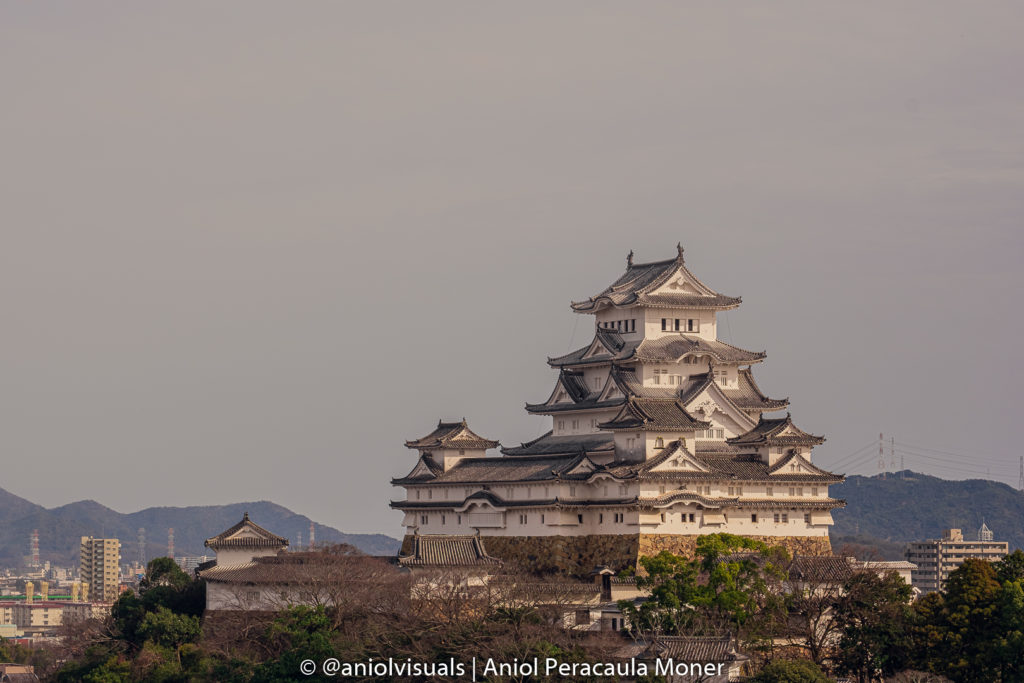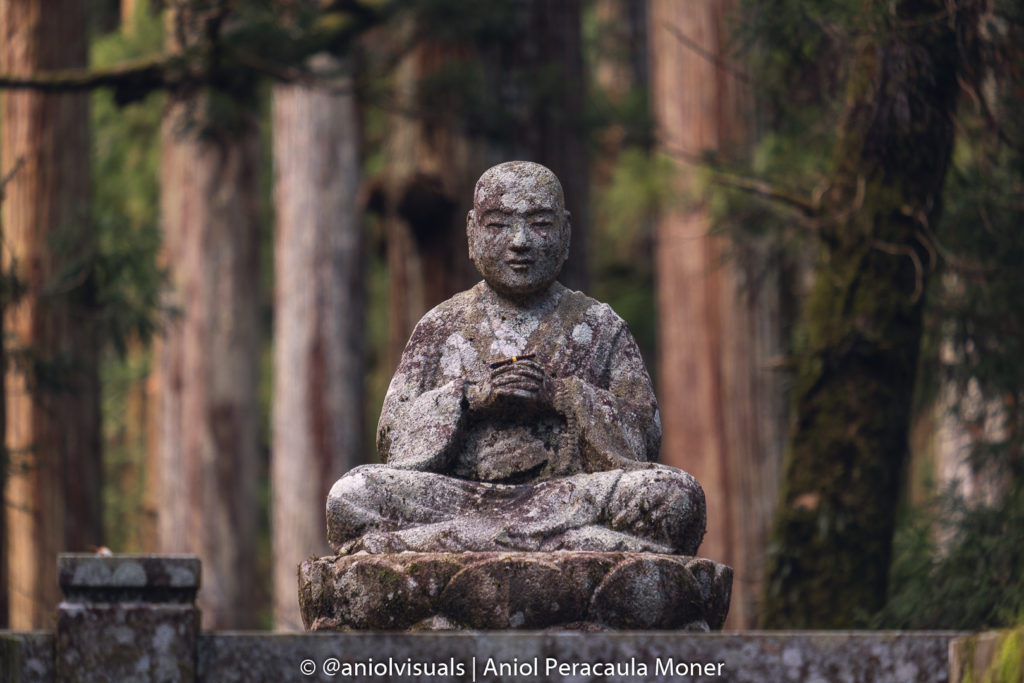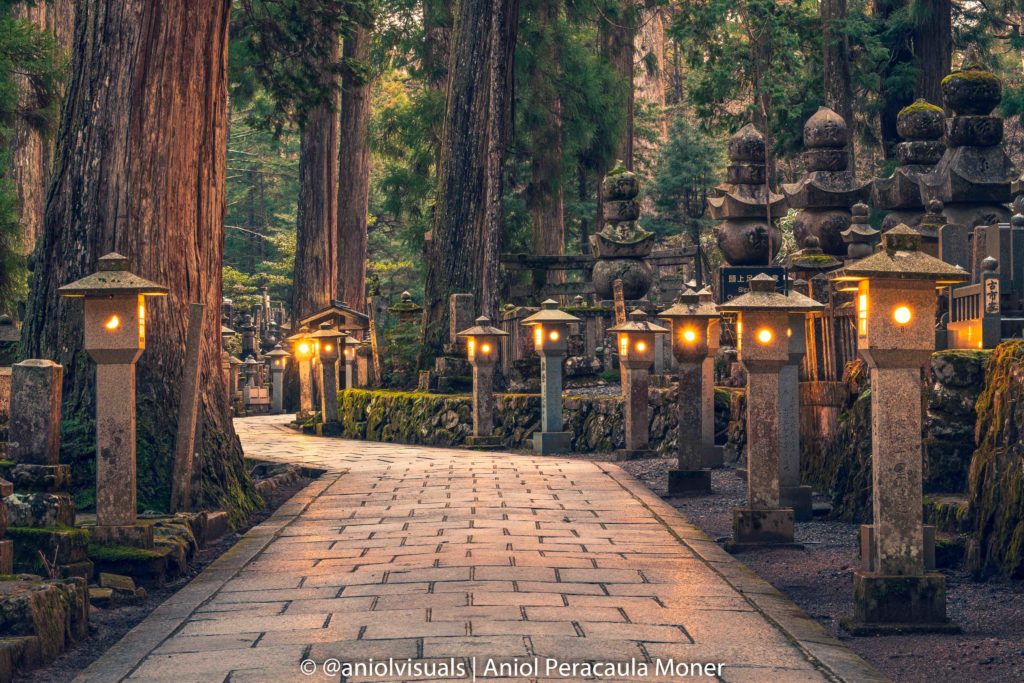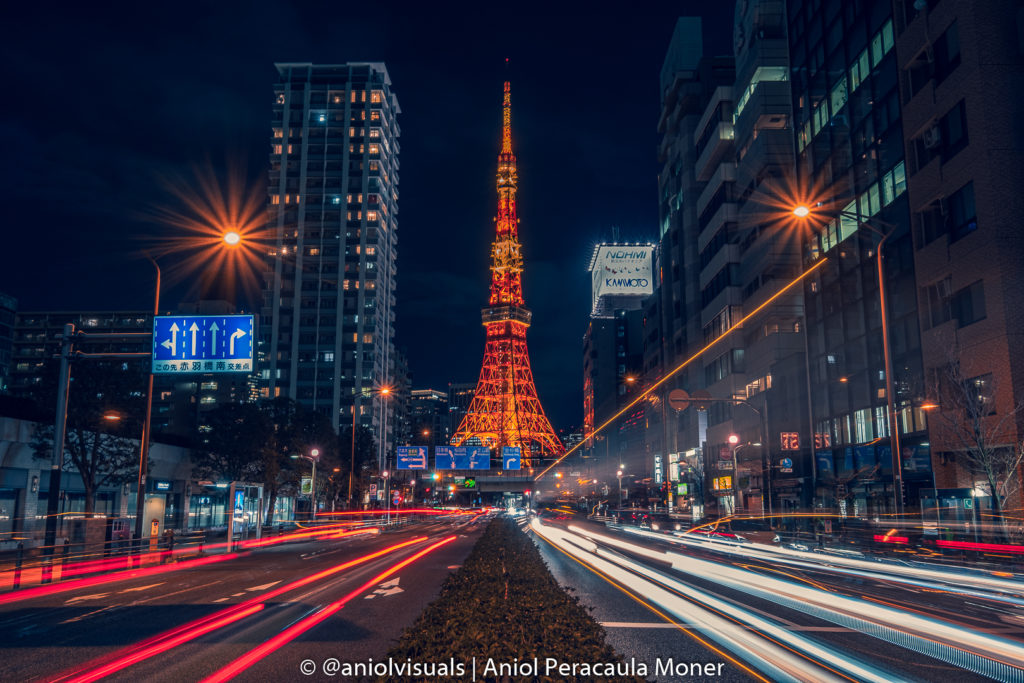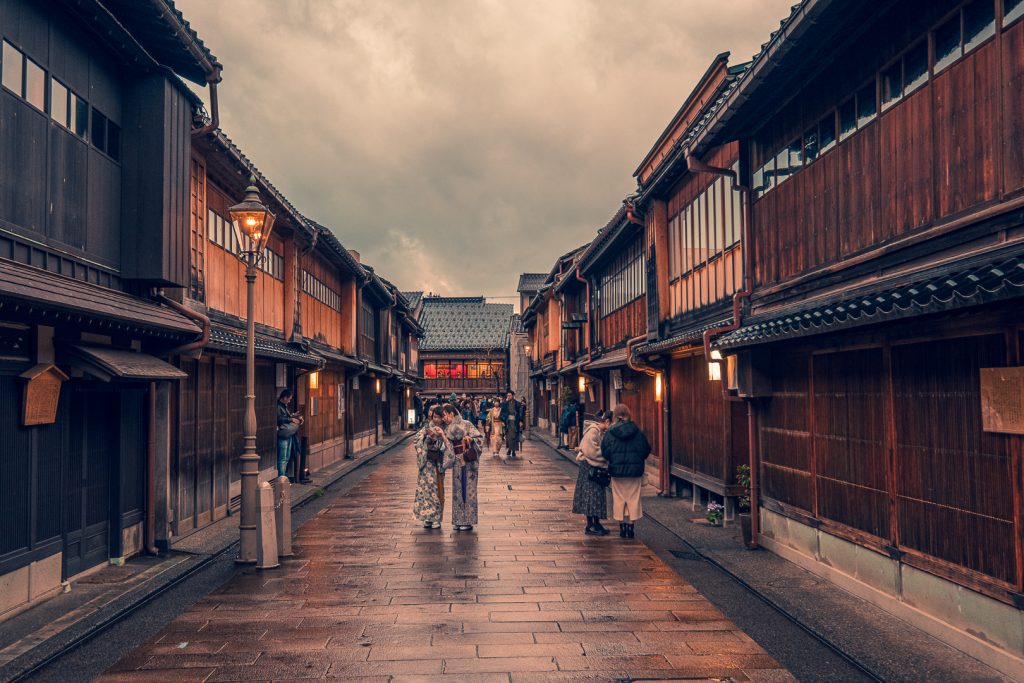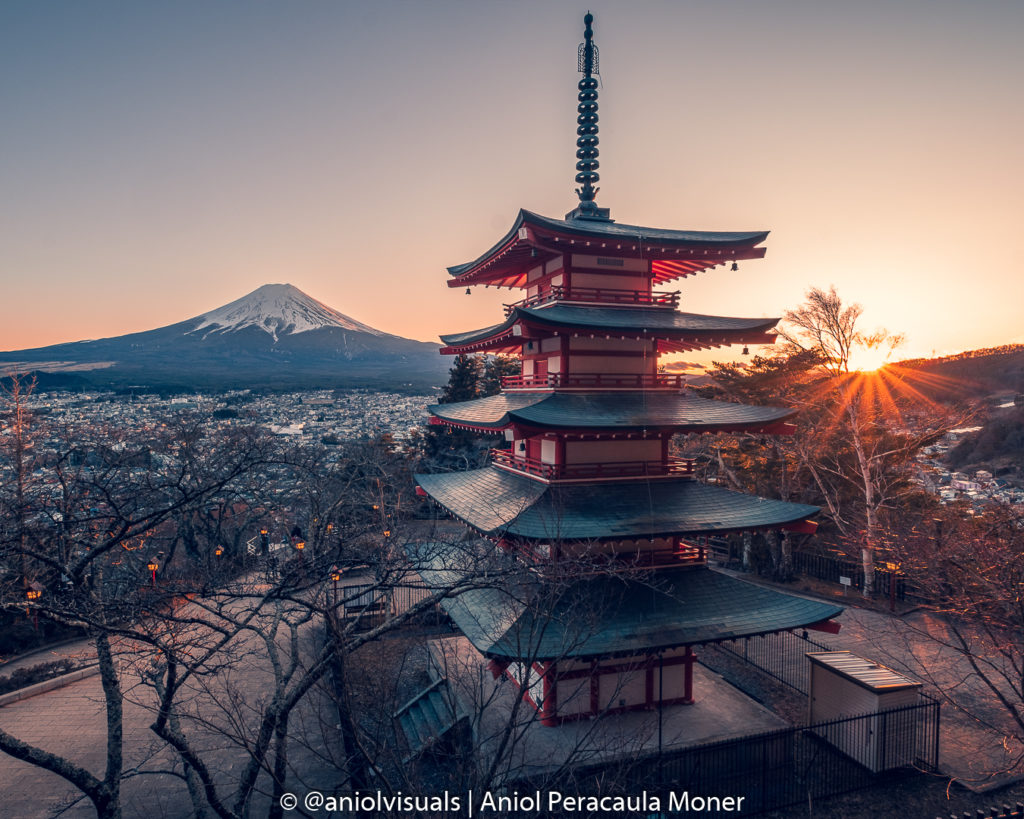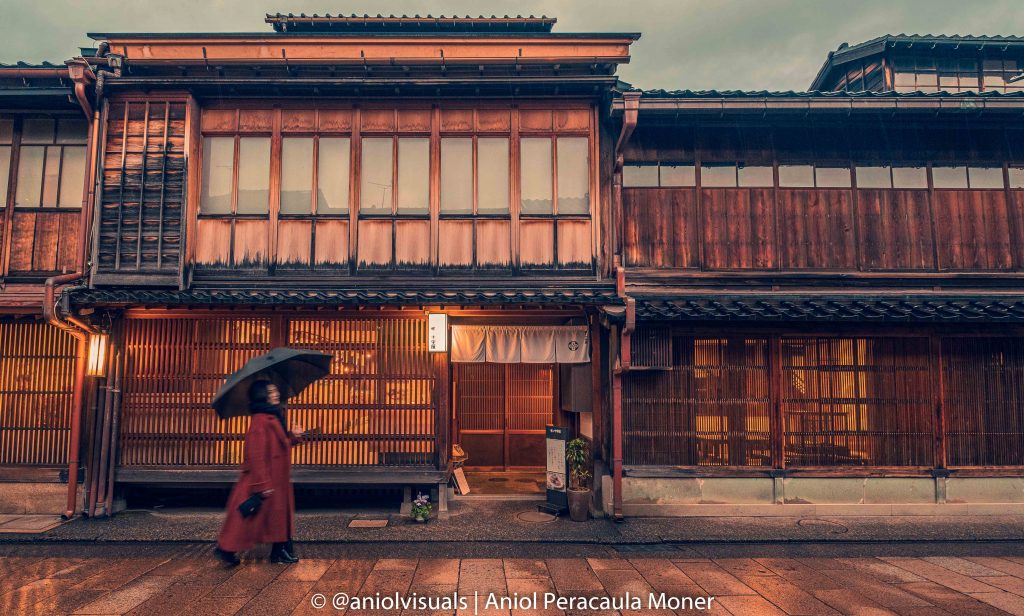Which is the best season to visit the Japanese Snow Monkeys? Would you like to learn how to take amazing photos during your Jigokudani visit? Keep reading this Snow Monkey Photography Guide!
Before planning my trip to Japan, I knew I wanted to see some iconic places: Tokyo, Kyoto, the Mt. Fuji,… After doing some research, I found out that Japan has very special wildlife. Did you know that there are one species of monkeys that live in snowy areas? And that this species of monkeys are in Japan?
This post is about the Jigokudani monkey park, situated close to Nagano, where, especially during winter, it is possible to see the famous Japanese Macaque, also known as Snow monkeys in their natural habit, swimming in the hot springs, surrounded by a snowy and freezing landscape.
How to get there?
Getting to the Jigokudani monkey park can seem complex but it is not. I highly recommend taking the snow monkey pass. This pass costs 3600JPY and it covers both the transportation from Nagano to the Monkey Park entrance and the ticket to access the Monkey Park. Unless you rent a car, this pass is cheaper than taking a transportation method and buying the ticket separately. This ticket is valid for 2 days, and it was my chosen way to visit the Jigokudani Monkey Park.
There are two options from Nagano. A direct bus, and a train + bus combination. As I will mention later, getting there early is essential, so I strongly recommend taking the train + bus when going and the direct bus to do the return trip to Nagano.
Here you have the top 8 tips to make the most out of your trip to the Jigokudani monkey park! Enjoy the Snow Monkey Photography guide!
Photography tips
Wake up early
Monkeys wake up early and have breakfast early. The park opens at 9, and it is then that the park workers throw some food to the onsen to call the monkeys. This is when they are more active, when they might take a bath in the onsen and when the young ones will be playing and fighting. After 10-11 am, the activity level is reduced, and the chance of taking unique photos decreases. Be there at 9, it is worth it.
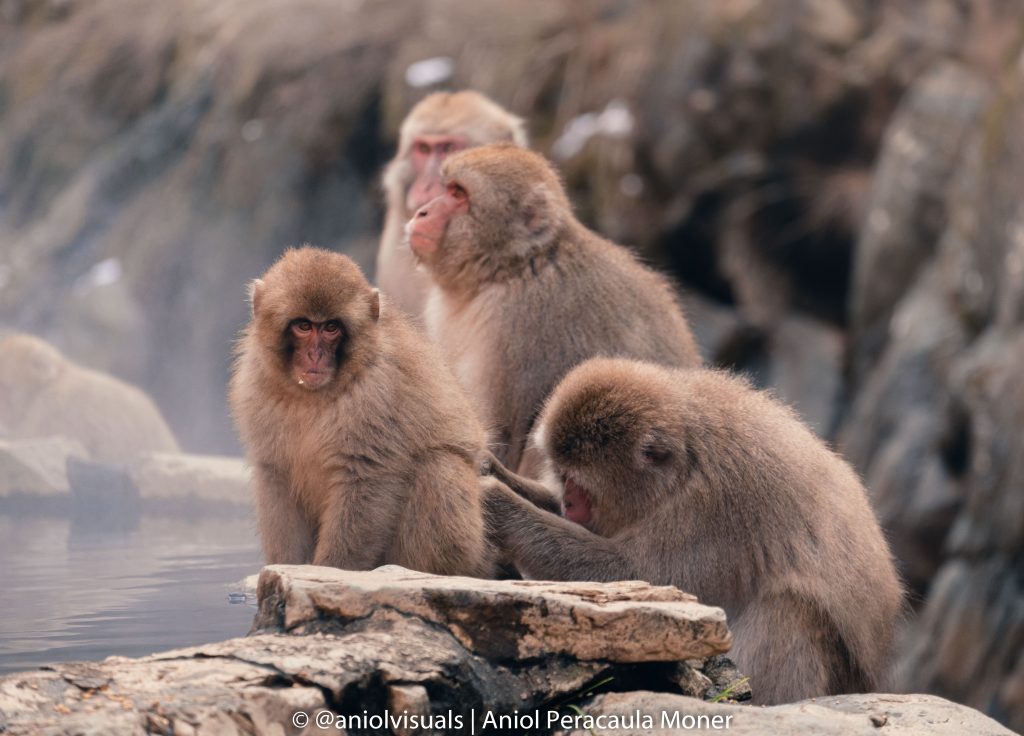
Winter is the king
They are called snow monkeys for a reason. That’s why winter is the best season for visiting the Jigokudani monkey park. If you look for reviews online, the experience between those that visit with everything covered in snow, frozen and those that find mud and sun is radically different. If you want to take photos, I would seriously think twice before visiting the park after February-March. Luckily for us, there is a very useful tool, a cam broadcasting live from the park 24/7. This is a very useful tool to check if there is snow or not when you are planning to visit.
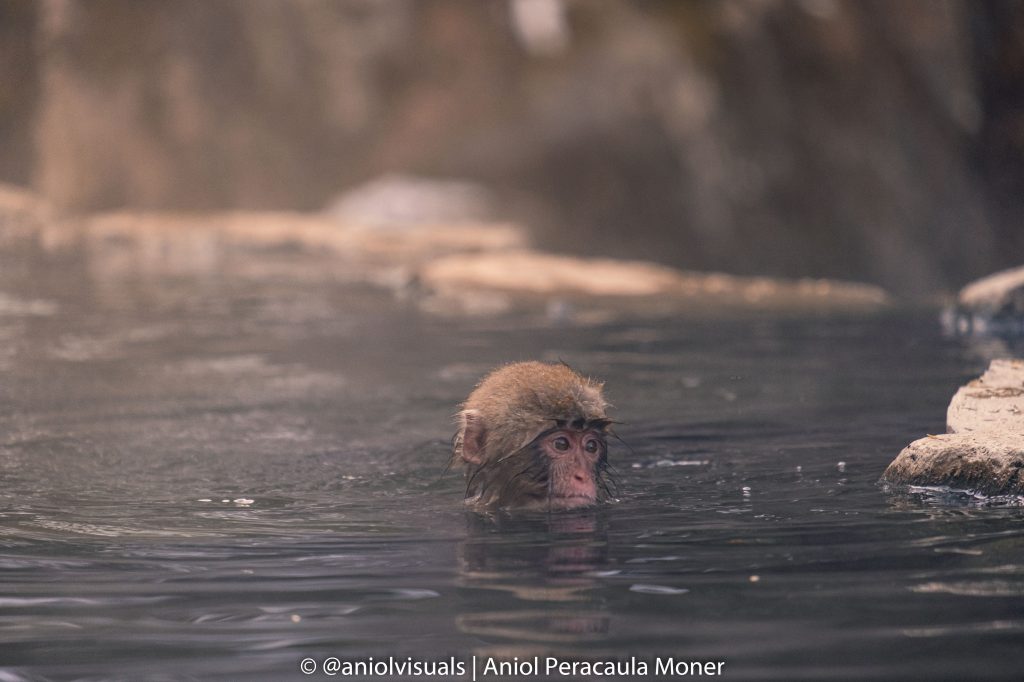
Give some air
When taking pictures of moving animals, it is not easy to frame them. This is why I recommend giving some air to the picture, and if necessary, crop later when processing the image. Just imagine taking a beautiful portrait of a snow monkey with its babies, and then realizing that part of an ear is missing.
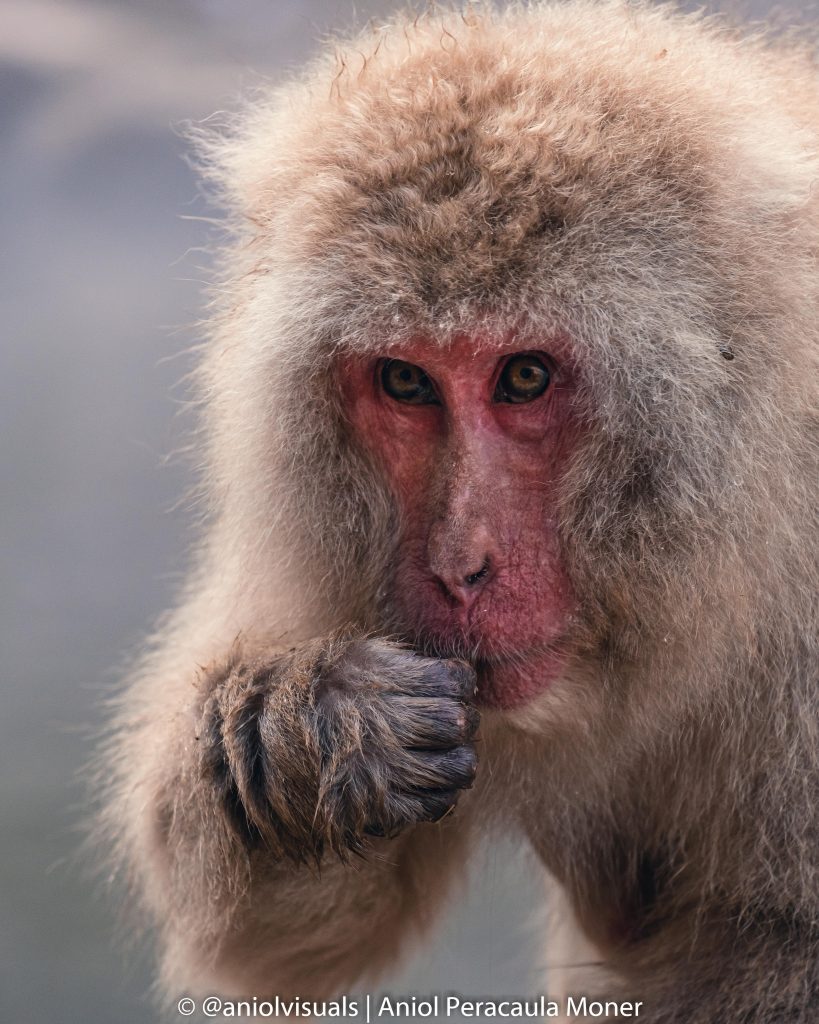
Observe
If you follow my tip 1 and 2, it is likely that at least for 30 minutes, you will have quite a lot of space to move and shoot. Take lots of SD cards, but also observe. Play with the mist, frame the monkeys with the surrounds and observe their behaviour. Monkeys have an amazing resemblance with us (thank you Darwin!) and their facial expressions can turn a normal photo into something unique.
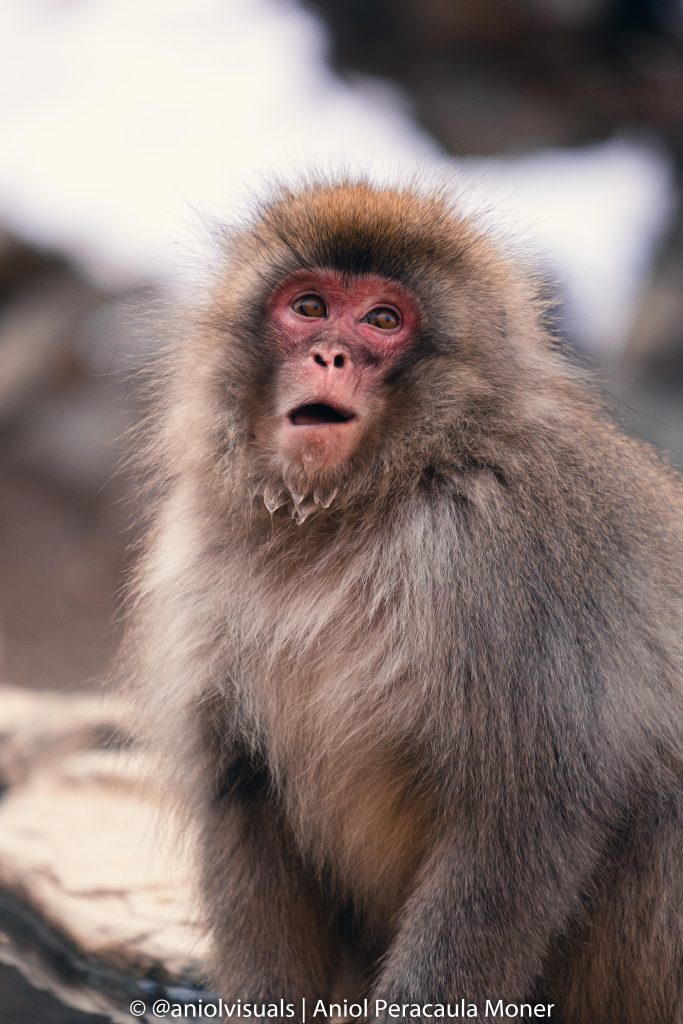

Eye-level
When taking children portraits, one of the most common tips is: get to their eye level, and they will fear less the camera and you. With the monkeys, the same tip applies, but for slightly different reasons. Perspective is everything, and by getting on your knees, the power that the image of a monkey can reflect changes a lot.
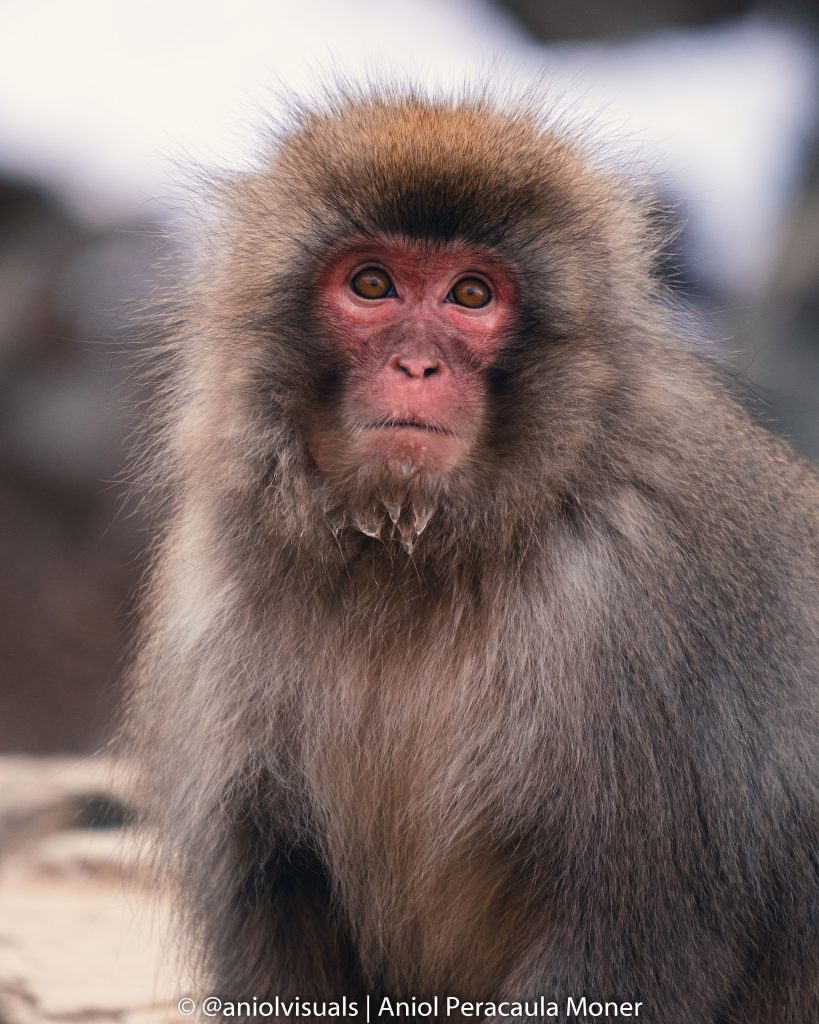
Eye contact
This tip is intimately related to tip 5. If getting to the monkey eye level puts both of you at the same level, by making eye contact with the camera the power of the image will change completely. However, avoid looking at them for long periods in the eyes, or showing our teeth, this can be interpreted as a challenge and start a fight.
Pro tip! If your camera has an eye-recognition technology, even if it has not been developed to be used with animals, it usually works with primates, and macaques are very similar to us! Focusing on the eyes and getting sharp images is everything!
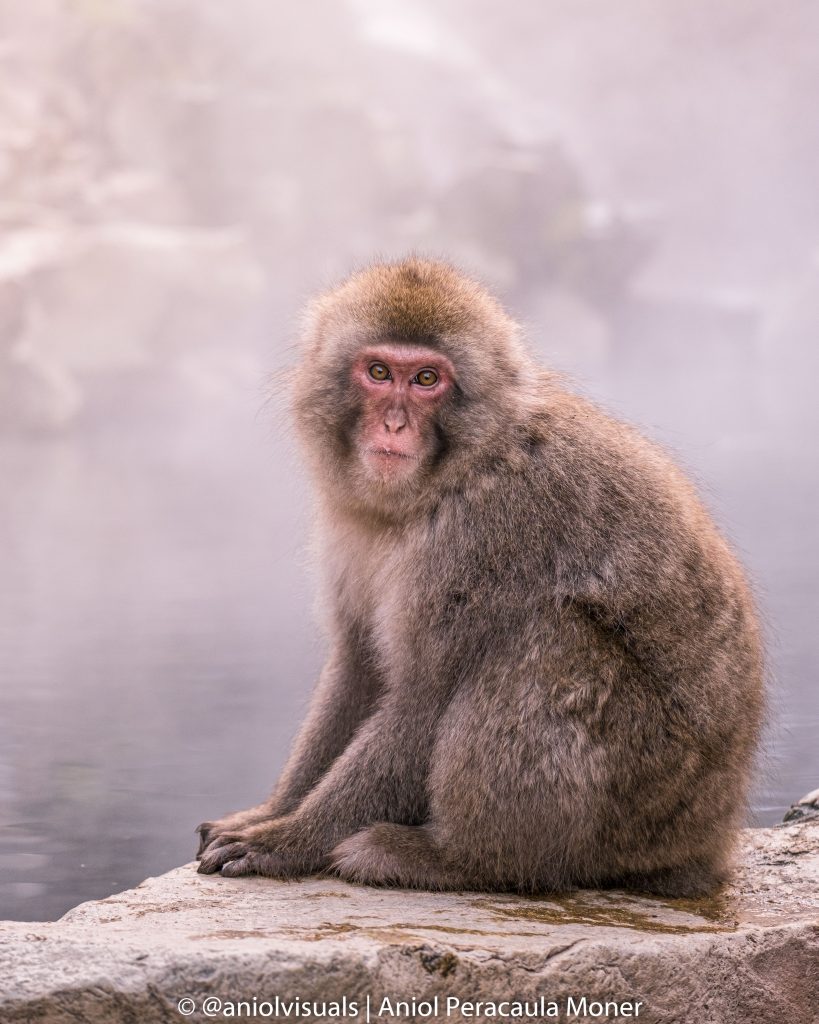
Be respectful
We all want to get a unique shot, see the monkeys and enjoy our time in the park. Being respectful, not only to other visitors but also to the monkeys and the area should not be a point in this guide, but my experience there taught me that some tourists should learn that animals are living creatures too. Keep your trash and do not bother the animals. Remember that we are the visitors in their natural habitat

Wear appropriate clothes
Getting to the monkey park is easy, but to reach the entrance, there is a 20-30-minute walk crossing the forest. This is a very beautiful route, but if you are visiting during winter, beware your steps, ice and snow make the path slippery. At the beginning of the path, there is a house where crampons can be rented.
Taking photos at -10 Celsius degrees is difficult. Bring some good gloves, and if possible, some photography gloves.

Ethical side
I don’t see myself as an activist. I eat meat, and maybe some of my actions are not performed in the most sustainable way. Yet, I feel I have to mention some things regarding this experience. This is a photography and travel blog, and I don’t conceptualize travelling or taking photos without being respectful and socially compromised. Some posts online mention that during summertime monkeys are forced to visit the onsens, that they only are visible because they are given food, and even in some cases that violence towards the monkeys has been seen.
My experience, as has been described was different, monkeys were there when I arrived, but it was also at -10 Celsius degrees. This is the reason why I recommend visiting early in the morning and during winter, to experience the authentic behaviour of the snow monkeys. Be critical with what you see, and make decisions based on all available information.
Hope you enjoyed the Snow Monkey Photography guide! If you want to see more of my work in Japan or any other of my trips, visit my Instagram! If you have any question, or you want to use my photos, contact me via the contact form or aniolvisuals@gmail.com.
